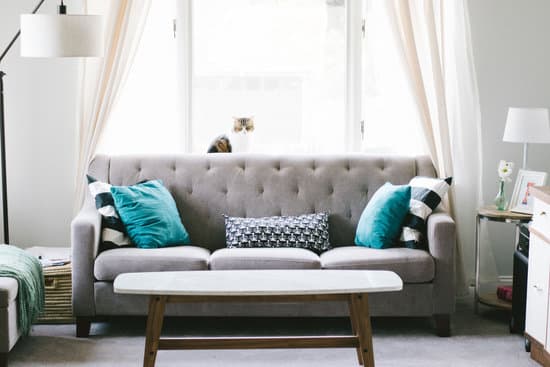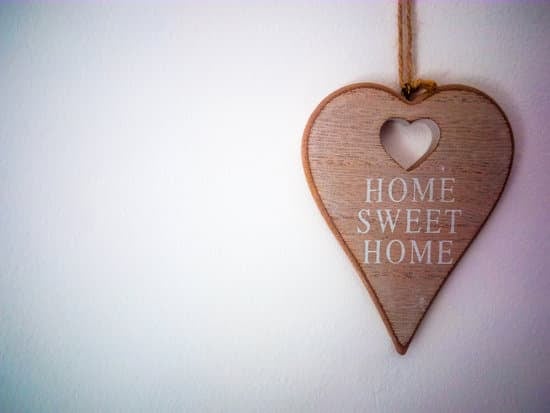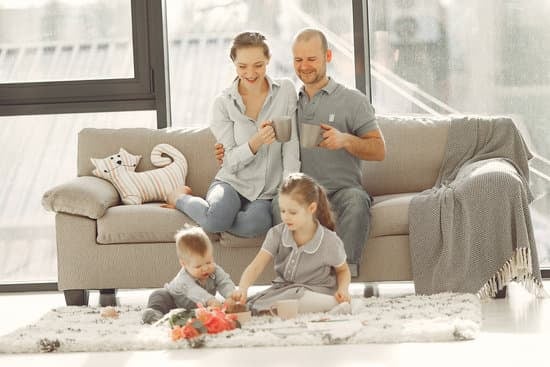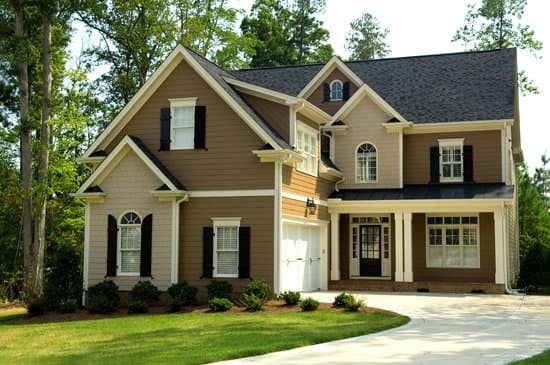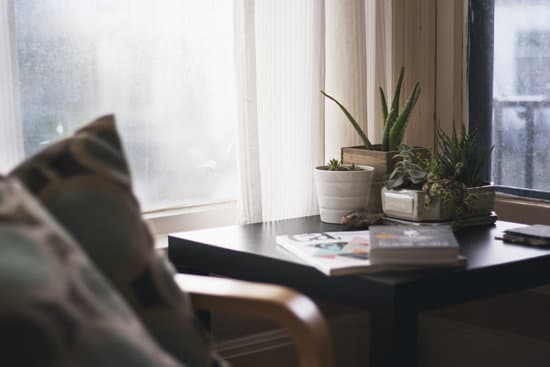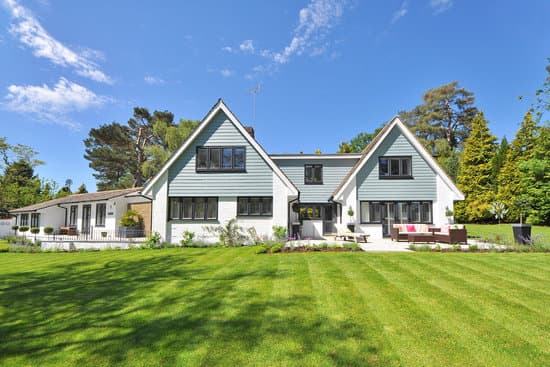What Did Poor Victorian Houses Look Like?
Poor Victorian houses were far from comfortable. Most of them had tiny rooms and lacked amenities that we take for granted today. A family of six could very well live in a house that had only a few bedrooms on each floor. In fact, some of the most disadvantaged families had to share a house with as many as three or four households. The situation was dire, with many families struggling to survive amid such deplorable living conditions.Size of Poor Victorian Homes
Most traditional working-class families struggled to afford a decent living space during the Victorian era. The homes had incredibly small rooms that could include an entry room, which was often the smallest of them all. These homes usually had a tiny front room that provided a cozy sitting area. The cookhouse was meant for cooking, while the bedroom often doubled as a living room. The limited living space meant that the families had to spend more time outdoors. They could find themselves spending time in the local park during weekends or the back alley. When beds were set up in the living room, they were often folded and set aside during the day to provide much-needed space.Overcrowding in Victorian Houses
One of the most significant issues facing many households in Victorian England was overcrowding. Many landlords would ask how many people were going to live in the house before renting it out to tenants. However, most of them would often disregard the proposed number of occupants and make room for more people instead. This practice created a situation where there was an excess of people in the homes, leading to more problems.Lack of Bedrooms in Poor Victorian Homes
With the scarce living space, it wasn’t easy to create dedicated rooms—most homes would only have a living room that doubled as a bedroom at night. As a result, beds had to be arranged in a way that would maximize living space during the day. Families would often sleep in shifts, with some of them spending the night sitting up while others slept. Bedsheets were washed once a week, but sometimes they had to be washed less frequently in homes where water supply was scarce.Shared Amenities in Victorian Homes
It was common for several families to live in a shared house, meaning they had to share some of the amenities. Bathrooms, showers, and toilets were shared, and sometimes tenants had to wait for their turn to use these facilities. Some of the shared amenities in Victorian homes included:- Water pump or well
- Communal toilet facilities
- Communal washing area
- Communal kitchen space





